The Black Coral Plant: A Complete Guide
Introduction
If you’re a plant lover, you’ve probably come across the intriguing black coral plant and wondered if it’s a good fit for your collection. Known for its glossy, nearly black leaves and unique appearance, the black coral plant brings a sophisticated touch to any indoor space. In this guide, we’ll go over what the black coral plant is, how to care for it, and the benefits of adding this dark, dramatic beauty to your home.
What is a Black Coral Plant?

The black coral plant, scientifically known as Alocasia reginula, is a striking member of the Alocasia family. Native to Southeast Asia, this plant is loved for its deep, dark green to almost black leaves with light veins that give it a beautiful contrast. These dark leaves have a shiny, metallic sheen, making the plant one of the most unique plants you can own. Despite its exotic appearance, this plant is actually a fairly low-maintenance addition to your home, so even beginners can enjoy its beauty.
Different Types of Black Coral Plants
While the term “black coral plant” typically refers to the Alocasia reginula, other plants with similar dark foliage are sometimes given the same nickname. Here are some varieties you might encounter:
- Black Coral Elephant Ear – Known for its large, heart-shaped, almost black leaves with prominent veins. You can also read a detailed guide on the Black Coral Elephant Ear
- Black Coral Aglaonema – Though it’s a different species, the black Aglaonema has dark leaves and shares similar care requirements with the Alocasia.
- Alocasia Black Velvet – Often mistaken for the black coral plant, this plant has velvety black leaves and is just as eye-catching.
Each of these plants has unique characteristics, but they all share the same dramatic, dark foliage that makes them stand out in any collection.
How to Grow a Black Coral Plant
Growing a black coral plant is rewarding but requires a bit of attention to detail. Here are the basics of how to grow one:
- Choose the Right Soil: Black coral plants need well-draining soil. A mixture that includes peat, perlite, and orchid bark works well, allowing roots to breathe while retaining moisture. Using quality soil is a must, so don’t skip this step if you want your plant to thrive.
- Proper Lighting: These plants prefer indirect light, similar to other indoor favorites. Direct sunlight can scorch the leaves, causing them to lose their vibrant color. If you’re wondering what plants like direct sunlight, the black coral plant isn’t one of them! Instead, find a bright room with indirect sunlight.
- Potting and Repotting: Start with a pot that has drainage holes, as the black coral plant doesn’t tolerate sitting in water. You’ll want to repot it every 1-2 years to refresh the soil and provide room for growth. If you’re setting up a raised bed vegetable gardening for beginners, you might consider adding these beauties nearby for contrast!
How Often to Water?
One of the trickier aspects of caring for the black coral plant is getting the watering schedule just right. Like many tropical plants, it prefers a balanced moisture level. Here’s what you need to know:
- Frequency: Water the black coral plant when the top inch of soil feels dry. This typically means once a week, but it depends on your home’s humidity levels.
- Seasonal Changes: During the winter, the plant requires less water, as it goes into a semi-dormant state. Monitor the soil closely, as overwatering can lead to root rot.
- Drainage: Make sure excess water can escape through drainage holes. Sitting in water can harm the roots, so use a dish or drainage tray.
How to Fertilize Your Plant
Like many indoor plants, the black coral plant benefits from regular feeding to keep its rich, dark color vibrant. Fertilize every month during the growing season with a balanced, water-soluble fertilizer to support leaf growth. For new plant parents, learning how to use worm castings as a natural fertilizer option can provide an organic boost.
Care Tips for Black Coral Plant
In addition to watering and fertilizing, there are a few more care tips to help your black coral plant thrive:
- Humidity: Black coral plants love humidity. If you’re growing it in a dry climate, try using a humidity tray or misting the leaves every few days.
- Temperature: These plants prefer a warm environment, ideally between 65-80°F. Keep them away from drafts or cold windows.
- Pruning: Regular pruning can help maintain the plant’s shape and remove any damaged leaves.
Benefits of Growing a Black Coral Plant
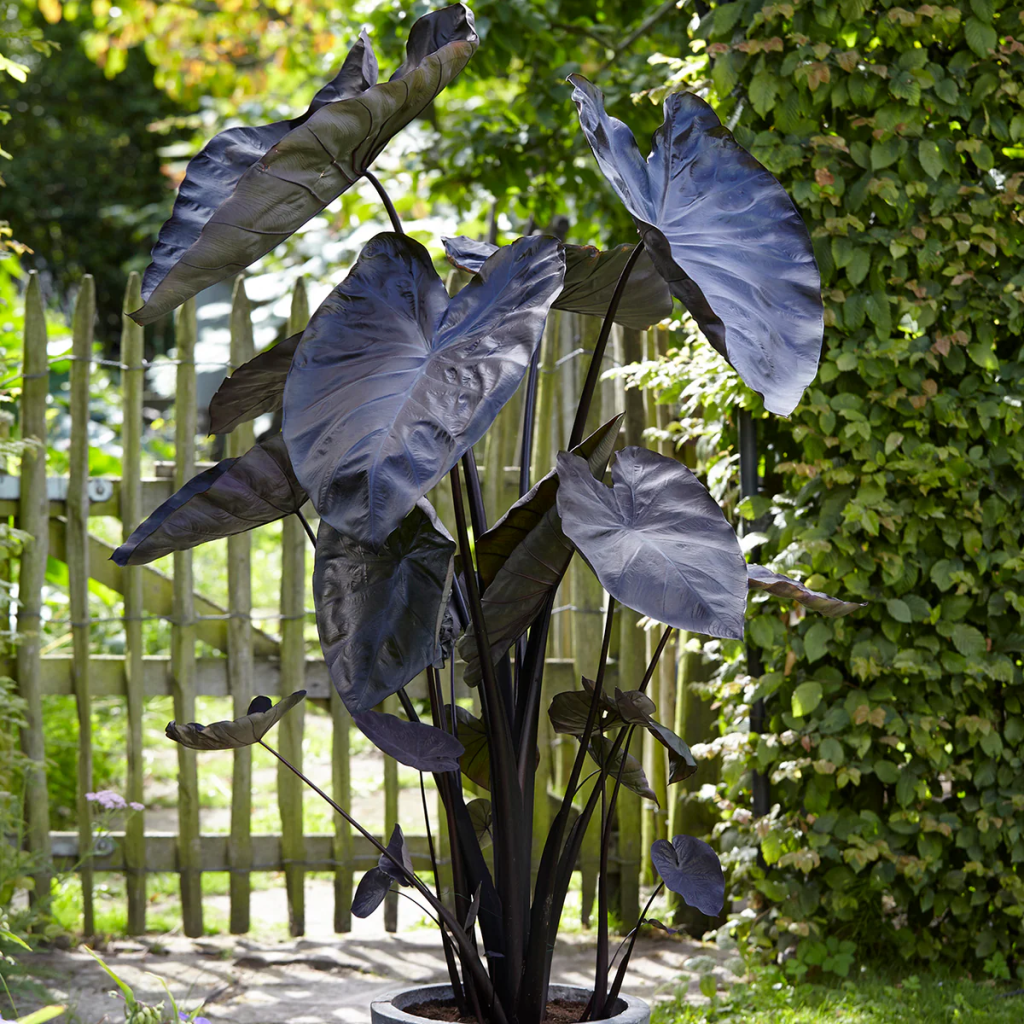
Adding this beauty to your home has many advantages beyond its unique appearance. Not only does it add a lush, tropical vibe to indoor spaces, but like many plants, it also helps purify the air. For those who love exotic-looking houseplants, this plant offers an interesting focal point without demanding too much maintenance. And if you’re looking to learn about other unique plants, read up on the wandering jew plant for another indoor showstopper.
How to Propagate Black Coral Plant
Propagating a black coral plant is a rewarding experience that isn’t difficult and can be done effectively through division. This method allows you to create new plants from an existing one while promoting healthy growth. Here’s a step-by-step guide to help you successfully propagate your black coral plant:
- Prepare Your Tools: Before you begin, gather the necessary tools, including a sharp knife or pruning shears, fresh potting soil, and new pots for the divisions. Ensuring your tools are clean will help prevent any potential disease transmission to your plants.
- Carefully Remove the Plant: Gently remove the black coral plant from its pot. To do this, tilt the pot on its side and lightly squeeze the sides to loosen the soil. Be cautious not to damage the roots during this process.
- Shake Off Excess Soil: Once the plant is out of the pot, gently shake off the excess soil. This will allow you to see the root system more clearly and will make it easier to separate the roots.
- Separate the Root Clumps: With your hands, gently tease apart the root clumps. Ensure that each division has its own set of roots and at least one healthy leaf. If the roots are tightly bound, you can use a sharp knife to carefully cut through them. Just make sure to minimize damage to the roots as much as possible.
- Plant Each New Section: Take each new section and plant it in its own pot filled with fresh, well-draining potting soil. Make a hole in the center of the soil, place the roots inside, and cover them gently with soil. Be sure not to bury the leaves, as they need access to light.
- Watering and Care: After planting, water the new divisions lightly to settle the soil around the roots. It’s important to avoid overwatering, as this can lead to root rot.
- Create an Ideal Environment: Keep the newly propagated plants in a warm and humid environment to encourage growth. You can achieve this by placing them in a location with indirect sunlight and maintaining humidity through regular misting or by placing a plastic bag over the pots to create a mini greenhouse effect. Just be sure to remove the bag once you see new growth to prevent mold.
- Monitor Growth: Check on your new plants regularly. Water them as needed and ensure they’re not receiving direct sunlight, which can scorch their leaves. After a few weeks, you should begin to see signs of growth, indicating that the propagation was successful.
Preventing Pests and Problems
While the plant is generally resilient, it can attract common pests like aphids, spider mites, and occasionally mealybugs, especially if it’s not in ideal conditions. Keep an eye out for signs of pest infestations, including tiny webs, yellowing leaves, sticky residue, or small, crawling insects. If you notice these issues early, you can often treat them before they become a major problem.
Natural Pest Control Methods: A simple homemade solution of mild dish soap and water can be highly effective in deterring pests. Spray the leaves lightly, making sure to get the undersides where pests often hide. Let the solution sit for a few minutes, then gently rinse it off with clean water. This helps prevent the buildup of soap residue, which can clog leaf pores over time.
Increasing Humidity to Deter Pests: Many pests, such as spider mites, thrive in dry conditions. By maintaining a higher humidity level around your black coral plant, you can create an environment that’s less inviting to these unwelcome guests. Using a humidifier nearby or setting up a pebble tray with water under the plant can help keep moisture levels up.
Regular Inspection and Cleaning: Regularly inspecting and gently wiping down the leaves not only improves the plant’s appearance but also helps you catch pests before they can spread. This proactive care goes a long way toward maintaining the overall health of your black coral plant. For additional guidance on preventing garden issues, check out our post on common garden pests.
Using Natural Predators for Pest Control: If you’re dealing with a larger outdoor collection of black coral plants or other Alocasias, introducing natural predators like ladybugs can be an eco-friendly way to control aphids and other pests.
Dealing with Fungal Issues: Besides pests, black coral plants can sometimes develop fungal problems if overwatered or kept in overly humid conditions without proper airflow. Keep a close watch on the soil to avoid soggy conditions, and ensure there’s enough air circulation around the plant to keep fungal growth at bay.
By combining regular maintenance, natural pest control methods, and proper care, you can keep your black coral plant healthy and vibrant, minimizing any risk of pest infestations or related problems.
Final Thoughts on the Black Coral Plant
The black coral plant is a stunning addition to any indoor garden. Its deep, dark foliage adds a unique elegance and a touch of drama to your space. Unlike many plants that require intricate care, this striking Alocasia variety is surprisingly easy to maintain. This makes it a popular choice for both beginner and seasoned gardeners alike. With some attention to watering, sunlight, and pest prevention, you’ll find the black coral plant to be a resilient and rewarding choice. It effortlessly adds a lush, tropical vibe to your home.
Having a black coral plant goes beyond aesthetics. It can serve as a gateway to experimenting with other beautiful indoor plants. If you’re inspired by the process, consider exploring herbs that are both beautiful and useful. For example, growing basil in a pot can add fresh flavor to your kitchen and enhance your cooking experience. Alternatively, you might want to set up an easy-care arrangement with indoor window plants that thrive in natural light. By following these simple care tips and exploring new plant varieties, you can create a vibrant, green-filled sanctuary to enjoy all year round.


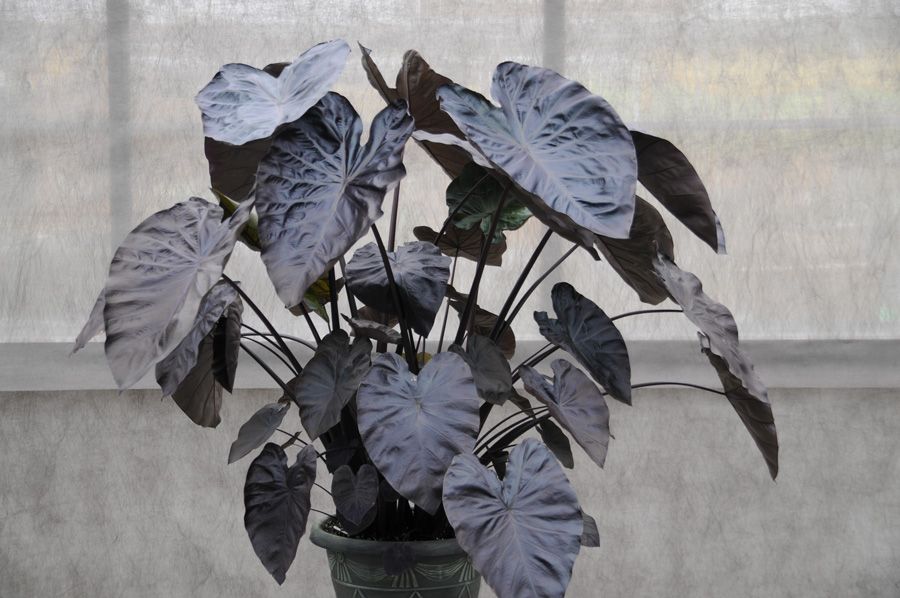
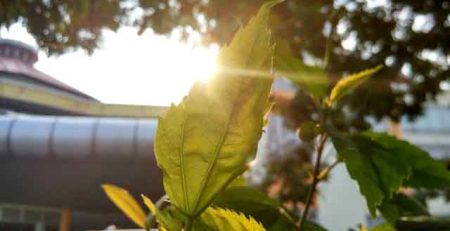
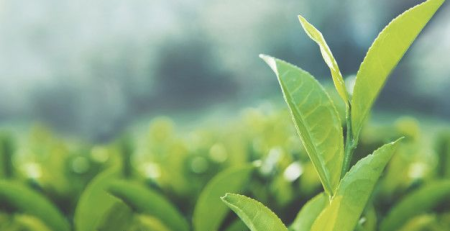
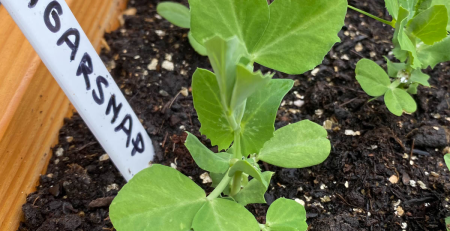
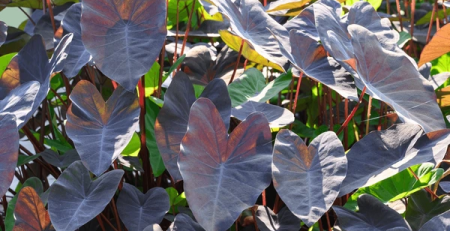
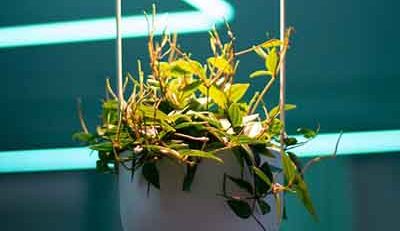
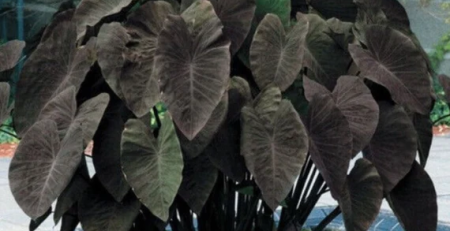

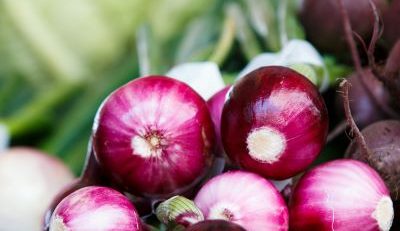

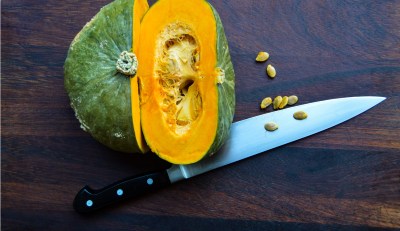
Leave a Reply